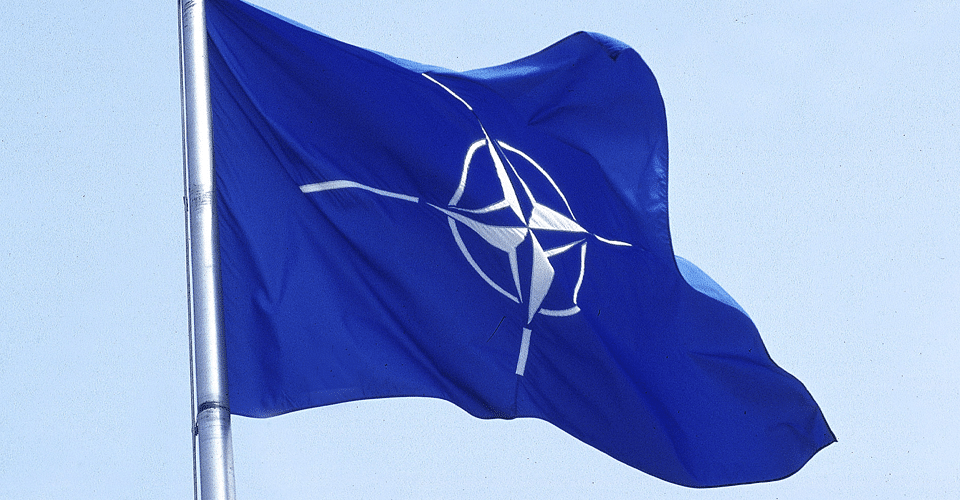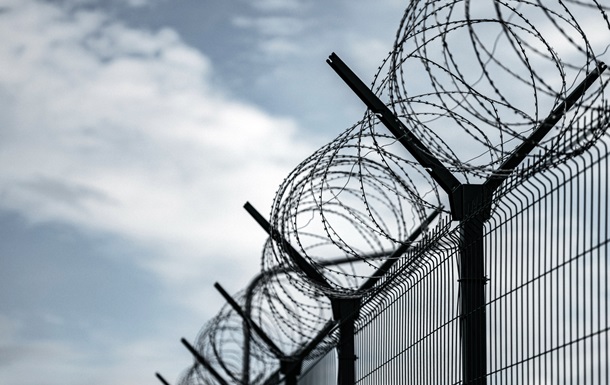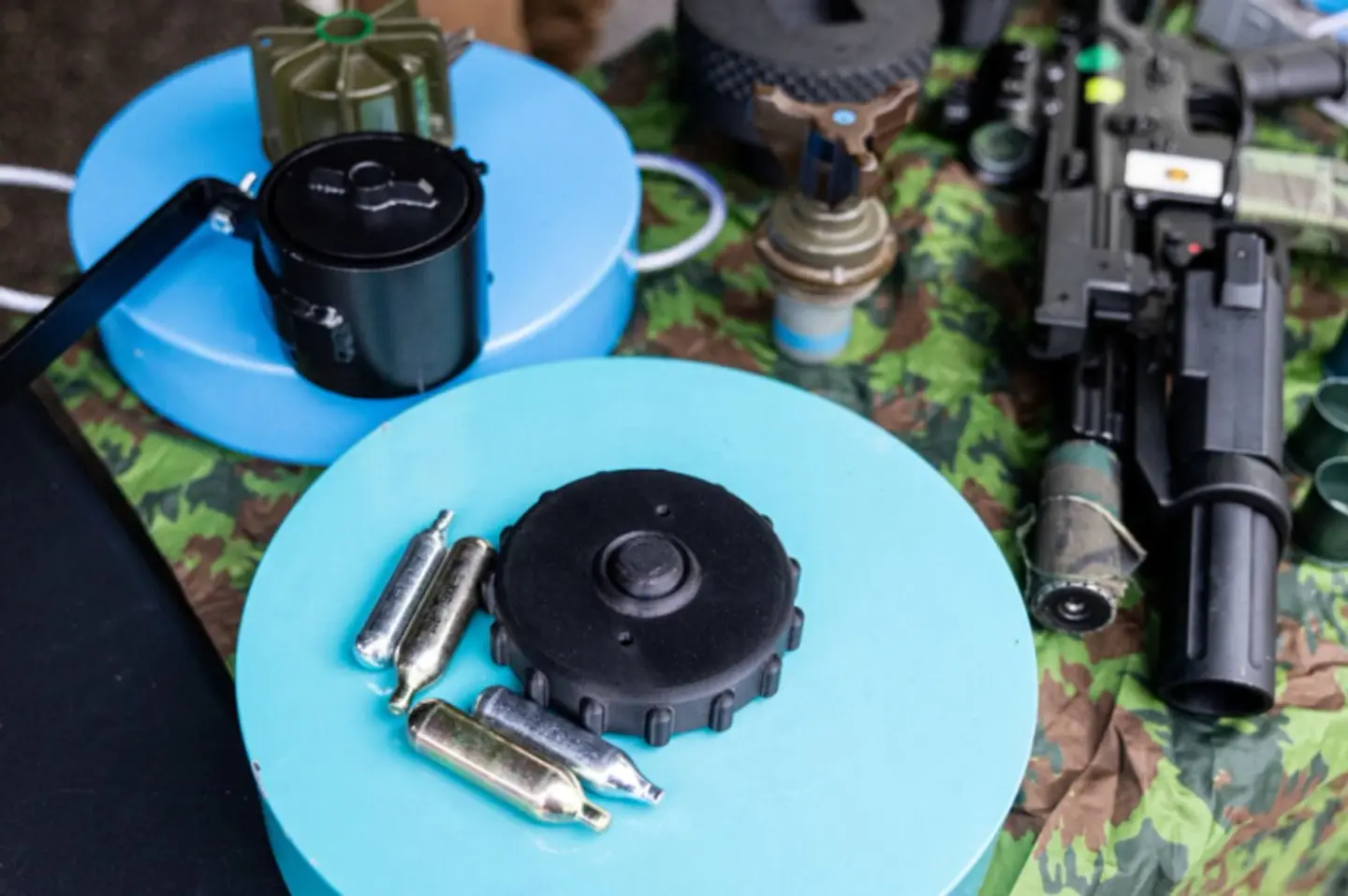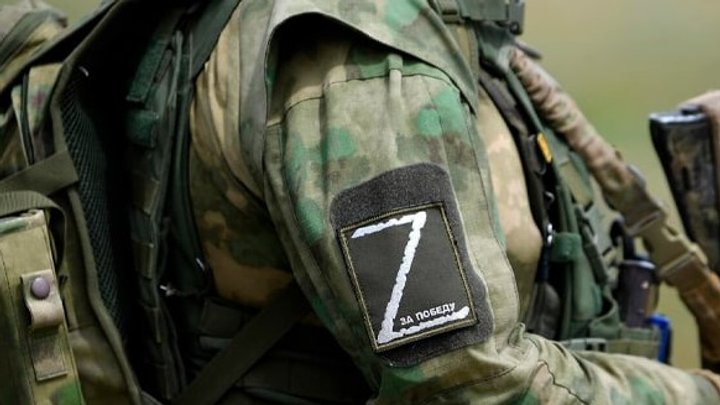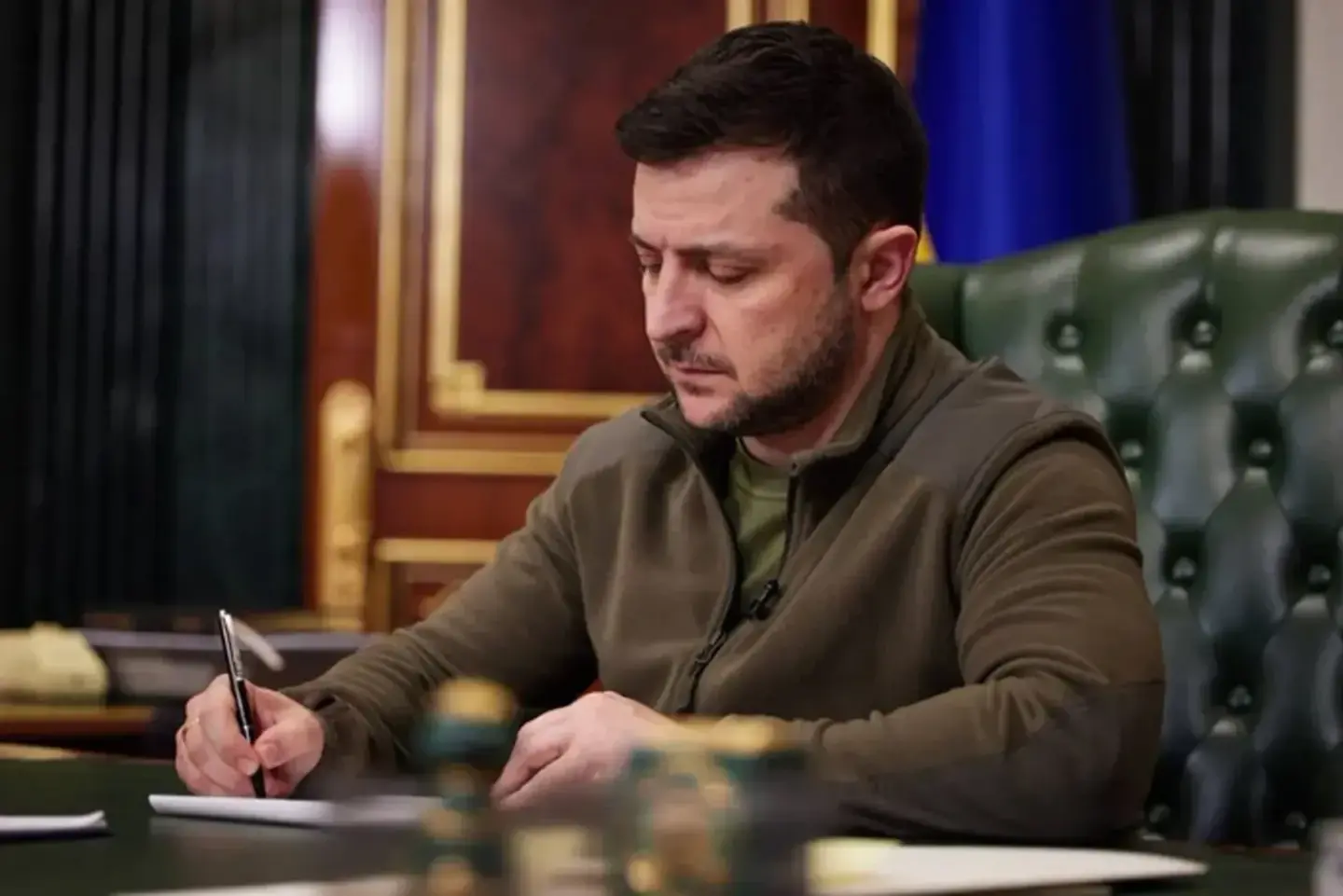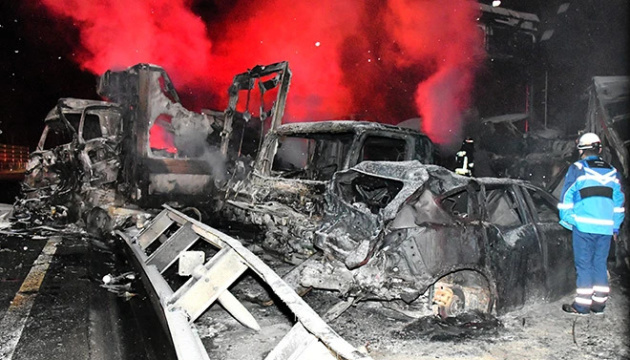Выделить абсолютно все сферы, где нынче используется бумажная упаковка — задача не из легких. Столь большую востребованность связывают сразу с двумя факторами: экологичностью материала (ставшей особенно актуальной в последние несколько лет), и удобством использования (ведь современные технологии позволяют создавать продукцию из бумаги, совершенно не уступающей изделиям из пластика). А огромная вариативность сырья как раз таки влияет на существенное расширение области его использования.

Благодаря своим особенностям, оберточная бумага стала широко применяться не только в торговле, но и во многих производственных направлениях. В нее пакуют лекарства, продукты питания, магазины оборачивают посуду, зеркала, стеклянные предметы, и даже фабрики упаковывают мебель!
Этот материал действительно универсален в применении, из-за чего и вовсе бытует мысль, что в ближайшем будущем он вряд ли будет чем-либо заменен.
Достоинства оберточной бумаги
Бумага хорошо защищает от грязи, пыли, излишней влаги и порой даже от некоторых механических повреждений. Но что самое интересное — это далеко не все ее достоинства! К списку преимуществ также относят:
- универсальность и при оформлении подарков, и при упаковке продукции;
- наличие достаточно высокого уровня прочности, износостойкости и устойчивости к разрывам;
- возможность вторичной переработки;
- наличие превосходной воздухопроницаемости и сохранение свежести упакованных продуктов;
- подверженность 100% разложению без выделения токсичных веществ в окружающую среду.
Ну а эстетичный внешний вид и приятная на ощупь текстура открывают для материала еще и широкие возможности в дизайнерском оформлении!
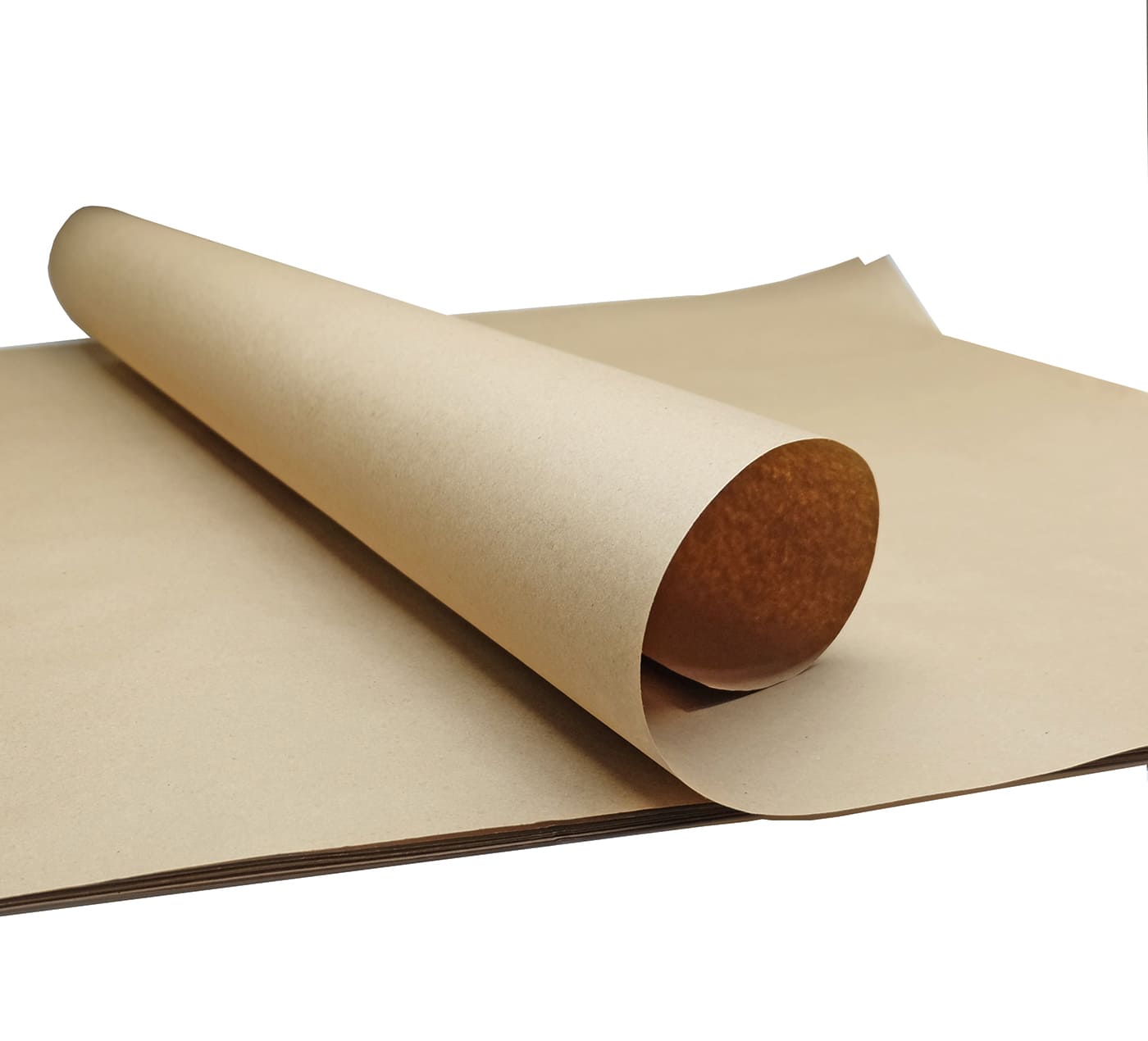
Крафт и оберточная бумага: есть ли отличия
Вы наверняка слышали об обоих вариантах, и, наверное, не понимали почему некоторые разделяют эти два понятия. Однако сейчас мы попытаемся дать вам ответ:
Крафт.
Можно услышать другое название этого материала — «мешочная» бумага. Она на 100% состоит из целлюлозы и имеет шероховатую поверхность. Также ее характерными отличиями являются более высокая плотность, прочность и большая устойчивость к разрыву. Необычный внешний вид и небольшие вкрапления волокон у такого сырья больше подходят для творчества, создания подарочных конвертов, ретро-упаковок.
Классическая оберточная.
Такой материал не обладает столь хорошей прочностью и плотностью как крафт. Также обычная оберточная бумага легче рвется. Главной ее функцией является упаковка товаров либо декоративное оформление, а характерными отличиями считаются гладкость и однородность (внешне).
И тот, и другой вид относятся к общему названию с приставкой «оберточная».
Каждый потребитель может сам решать, какому варианту бумаги отдавать предпочтение при необходимости упаковать тот или иной товар. Но при этом важно учитывать как особенности продукции, так и характеристики выбранного типа изделий из целлюлозы, дабы избежать неприятных последствий.

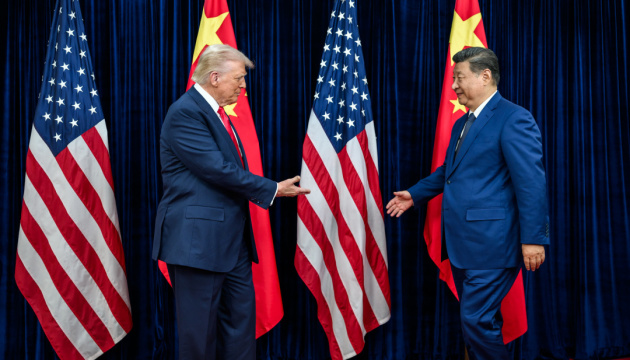
 4262
4262